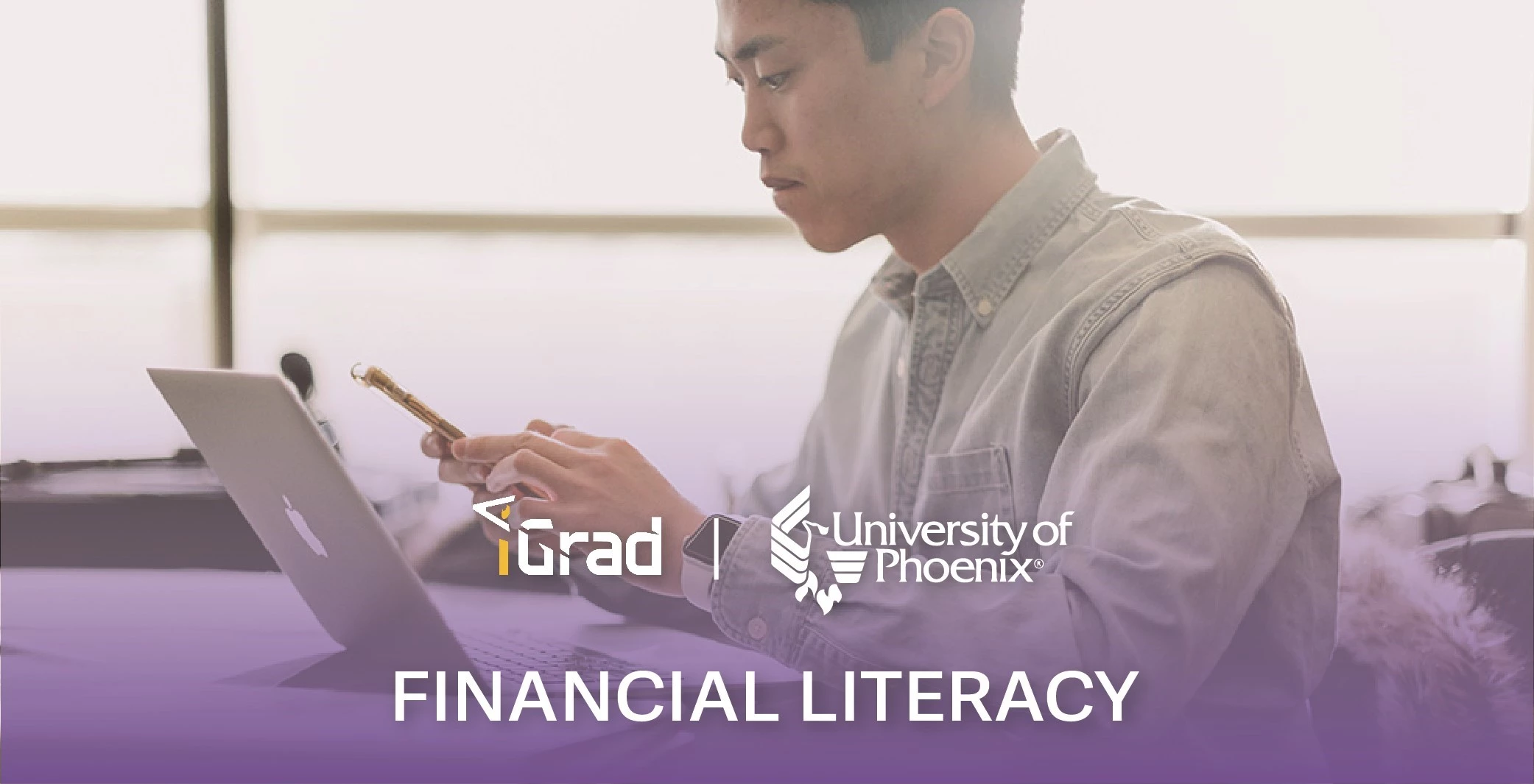Getting out from under the weight of credit card or personal loan debt has become more popular in recent years as a New Year’s resolution. Specifically for students, the conversation of reducing debt in addition to hitting the gym a few extra times each week or getting more organized for class is at the top of their priority lists for the upcoming year. The younger generation is starting to realize how much of an impact paying down credit card balances and eliminating hefty student loan payments can have on their future, and as educators, it is important to keep that objective in the forefront of their minds. In order to help your students kick start their debt elimination New Year’s resolutions, here are five key steps in making that goal a reality.
1.) Encourage students to stop spending?
In order to reduce total debt balances, students need to commit to reining in their spending habits. If they are adding to credit cards or taking on loans each semester more than what is needed for tuition or room and board, their goal of getting out of debt for good will be too far off in the distance to pursue effectively. In order to help students jumpstart their debt-free resolution, it is important to remind them that continuing to spend more than they earn or can afford each month will not help them reach their goal for this year.
2.) Show your students the power of budgeting
Another important aspect of reducing debt is developing and sticking to a budget. In order for students to pay down debt in a smart, long-lasting way, they must first know what they can afford on a monthly basis and be committed to not spending more than that set amount. Once they have a solid understanding of what they can safely spend, any extra funds can be put toward outstanding credit card or loan balances each month.
3.) Share consolidation options
Both banks and credit unions offer a wide range of low interest rate promotions during the first month of the year, and this can prove to be a powerful arrow in a student’s debt elimination quiver. However, students may not be aware of their consolidation options through balance transfer promotions or low interest rate personal loans. In order to help students reach their debt reduction or elimination goals for the New Year, it may be beneficial to explain how these options can assist them by way of reducing total interest costs and consolidating monthly payments.
[Looking for alternative methods to show your students how to acquire necessary information while connecting with experts? Read How to Make Financial Literacy Go Viral with Social Media]
4.) Encourage the use of debit, not credit
From the bookstore to the coffee shop on the corner, the majority of businesses on campus will take plastic as payment, and the majority of students are not apt to carry cash. Instead of encouraging students to put themselves on a cash “diet,” you may have more success simply suggesting the use of a debit card versus a credit card. Debit cards only allow for spending up to the amount of money available in the linked checking or savings account, while credit cards allow students to spend far above what may be available. Encourage students to use debit as much as possible in order to keep within the confines of their budget and not add to their debt balance.
5.) Suggest saving over spending
Just because students have a budget in order and have committed to not adding to their total debt balances does not mean the temptation to spend wanes. One way to encourage them to stick with their New Year’s resolution to reduce debt could involve a high yield savings account. Establishing a savings bucket where they can set aside money they may have otherwise spent on a new pair of shoes or an expensive concert ticket could make the difference between meeting their debt-free objective and missing the mark. Encourage students to save instead of spend in an effort to build up an emergency fund for when life throws expensive curveballs their way. Once they begin the practice of savings, students will be amazed at how quickly their savings account balance grows while their debt balances go down.
In order to set and successfully work toward a New Year’s resolution of being debt free, students first must have a road map to follow. Encouraging students to stop adding to debt balances and to work diligently to develop and stick with a budget plan are excellent first steps; suggesting the use of debit over credit and sharing the options for consolidation can also be incredibly beneficial when working toward the elimination of debt. Finally, seeing savings account balances accrue can be the most powerful validation for students trying to be on the other side of debt, and you have the power to help students meet that goal.
[Looking for interactive activities to reinforce financial literacy with your students? Read 4 Engaging Activities to Elevate Your Students’ Financial Aptitude]









